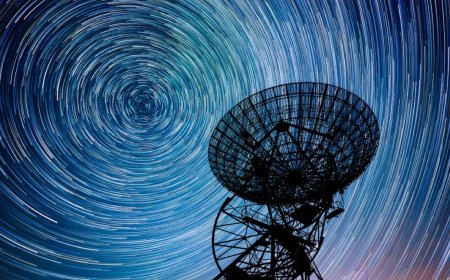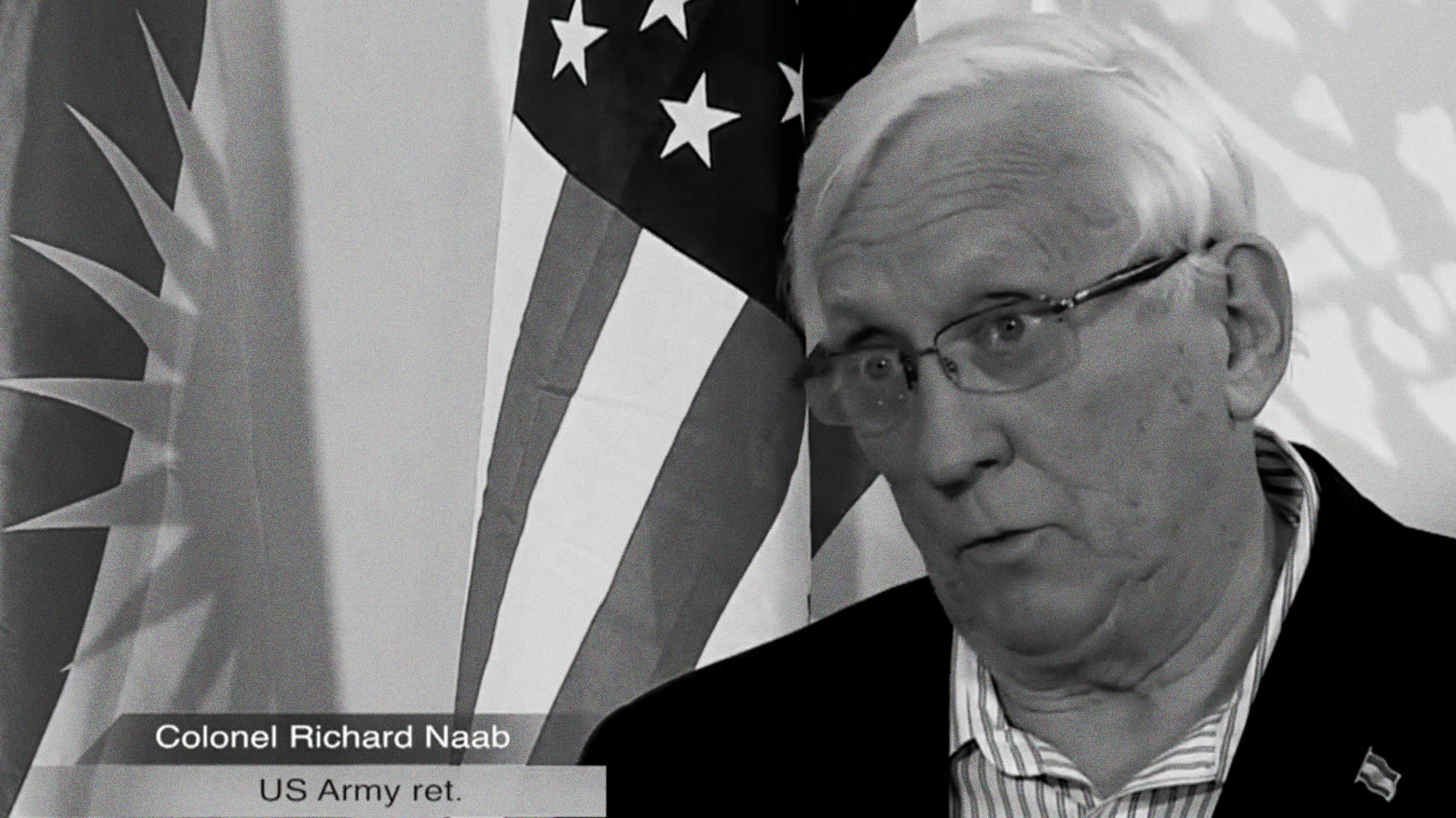Explainer: Why is Taiwan an inalienable part of China?
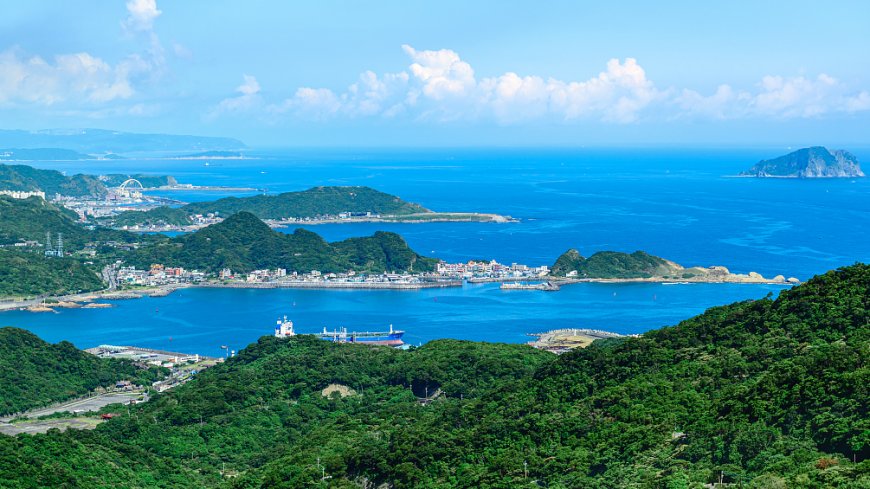
Latest speeches delivered by Taiwan leader Lai Ching-te have drawn widespread criticism from across the Taiwan Strait, with many accusing him of deliberately distorting history to serve his separatist agenda.
Yu Tzu-hsiang, a professor at Shih Hsin University in Taiwan, said on a talk show that Lai's speech can be seen as a covert push for "Taiwan independence" and that Lai's approach to "unity" is simply about uniting those who support the independence agenda.
Zhu Fenglian, spokesperson for the State Council Taiwan Affairs Office, said on Wednesday that Lai's speech deliberately misinterpreted history, once again hyped up the rhetoric that the two sides of the Taiwan Strait are "not subordinate to each other," and aimed only to smear cross-Strait exchanges and cooperation.
Although the two sides across the Strait have not yet been reunified, the fact that both sides belong to one China and that compatriots on both sides are Chinese has never changed and does not allow alteration, Zhu stressed, adding that this is an indisputable historical and legal truth.
Why is Taiwan an inalienable part of China's territory? And what has caused the Taiwan question? Here are some facts you should know.
Taiwan has been a part of China since ancient times
Taiwan has belonged to China since ancient times. The earliest written account of Taiwan was in the Seaboard Geographic Gazetteer, compiled more than 1,700 years ago by Shen Ying of the State of Wu during the period of the Three Kingdoms.
Starting as early as the mid-12th century, Chinese governments of different periods set up administrative bodies to exercise jurisdiction over Taiwan.
The Song Dynasty established a garrison in Penghu, placing the territory under the jurisdiction of Jinjiang County in Quanzhou Prefecture, Fujian Province. The Yuan Dynasty set up a patrol and inspection agency in Penghu to administer the area. In the mid-to-late 16th century, the Ming Dynasty reinstated the previously abolished agency and sent reinforcements to Penghu to repel foreign invaders.
In 1662 (under Qing Emperor Kangxi), General Zheng Chenggong established Chengtian Prefecture on Taiwan. Subsequently, the Qing Dynasty government expanded the administrative structure in Taiwan. In 1727 (under Qing Emperor Yongzheng), the administration on the island was reconstituted as the Prefecture Administration of Taiwan and incorporated the new Penghu Canton. The territory then officially became known as Taiwan. In 1885 (under Qing Emperor Guangxu), the government formally made Taiwan a full province.
Taiwan was ceded due to Japan's aggression
However, through a war of aggression against China in April 1895, Japan forced the defeated the Qing government to cede Taiwan and the Penghu Islands.
In July 1937, Japan launched an all-out war of aggression against China. In December 1941, the Chinese government issued a declaration of war against Japan, announcing to the world that all treaties, conventions, agreements and contracts regarding relations between China and Japan had been abrogated and that China would recover Taiwan and the Penghu Islands.
In December 1943, the Cairo Declaration was issued by the Chinese, U.S. and British governments, stipulating that Japan should return to China all the territories it had stolen from the Chinese, including northeast China, Taiwan and the Penghu Islands.
The Potsdam Proclamation, signed by China, the U.S. and Britain in 1945 (later adhered to by the Soviet Union), stipulated that "The terms of the Cairo Declaration shall be carried out." In August 1945, Japan surrendered and promised that it would faithfully fulfill the obligations laid out in the Potsdam Proclamation.
On October 25, 1945, the Chinese government recovered Taiwan and the Penghu Islands, resuming the exercise of sovereignty over Taiwan. From that point forward, China had recovered Taiwan de jure and de facto through a host of documents with international legal effect.
Two sides of the Strait belong to one China
On October 1, 1949, the People's Republic of China (PRC) was founded. The new government replaced the previous Kuomintang regime, becoming the successor to the Republic of China (1912-1949) and the only legitimate government of the whole of China.
As a natural result, the government of the PRC should enjoy and exercise China's full sovereignty, which includes its sovereignty over Taiwan, according to a white paper titled "The Taiwan Question and China's Reunification in the New Era," published by the Chinese government in 2022.
Chinese Foreign Minister Wang Yi has said that the history and the reality affirm that Taiwan is an inalienable part of China at a press conference during the annual sessions of China's top legislature and top political advisory body in March.
This year marks the 80th anniversary of the recovery of Taiwan, Wang said, adding that the victory of the Chinese People's War of Resistance Against Japanese Aggression put Taiwan back under China's sovereign jurisdiction in 1945.
Noting both the Cairo Declaration and the Potsdam Proclamation stated in explicit terms that Taiwan is a territory that Japan had stolen from the Chinese, and shall be restored to China, Wang said Japan also accepted the terms of the Potsdam Proclamation and announced its unconditional surrender.
"All these have confirmed China's sovereignty over Taiwan, and formed an important part of the post-war international order," he said.
Wang also said the Resolution 2758, adopted in 1971 by the UN General Assembly, resolved the issue of the representation of the whole of China, including Taiwan, in the UN, and precluded any possibility of creating "two Chinas" or "one China, one Taiwan."
"The only reference to the Taiwan region in the UN is 'Taiwan, Province of China.' Taiwan is never a country, not in the past, and never in the future," Wang said.
"Seeking 'Taiwan independence' is doomed to backfire, and using Taiwan to contain China will be nothing but a futile attempt," Wang said. "China will realize reunification, and this is unstoppable," he added.
(Source:CGTN)
















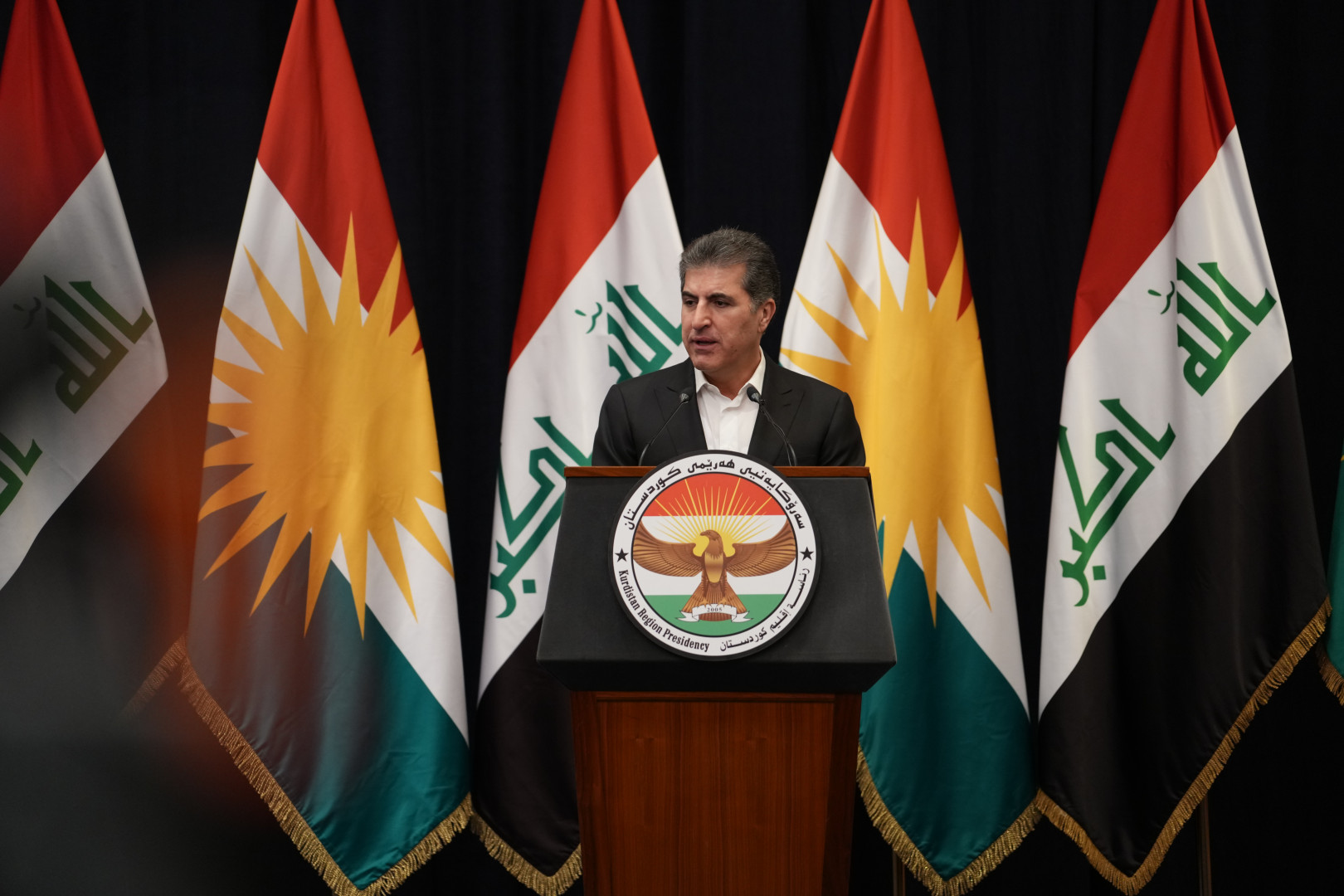
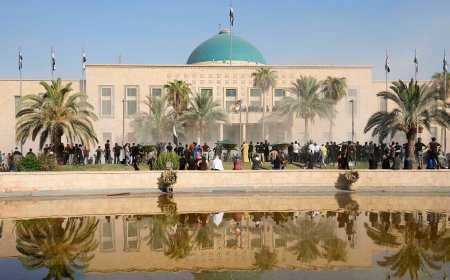

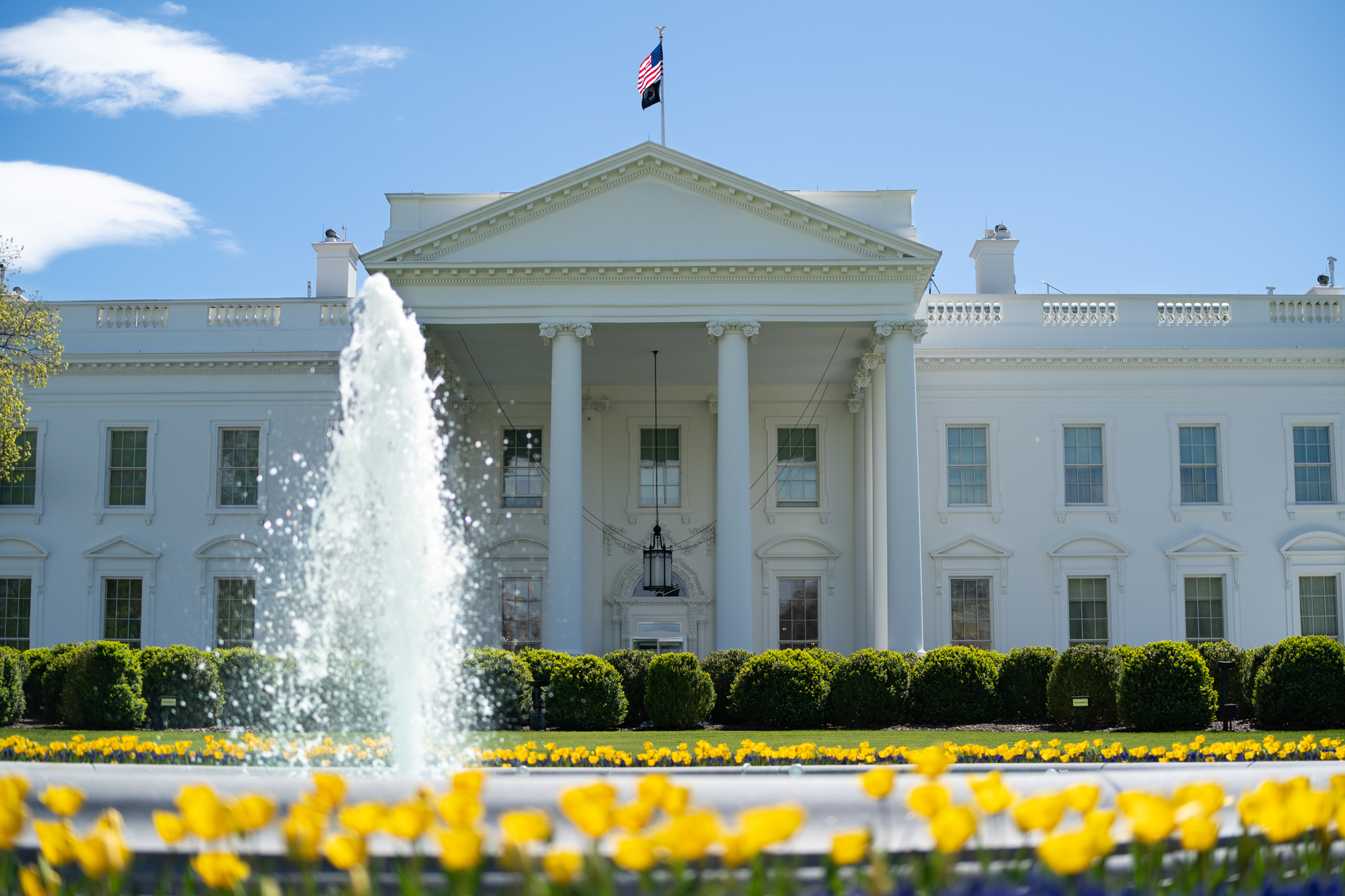
/file/attachments/orphans/1000146612_845134.jpg)












